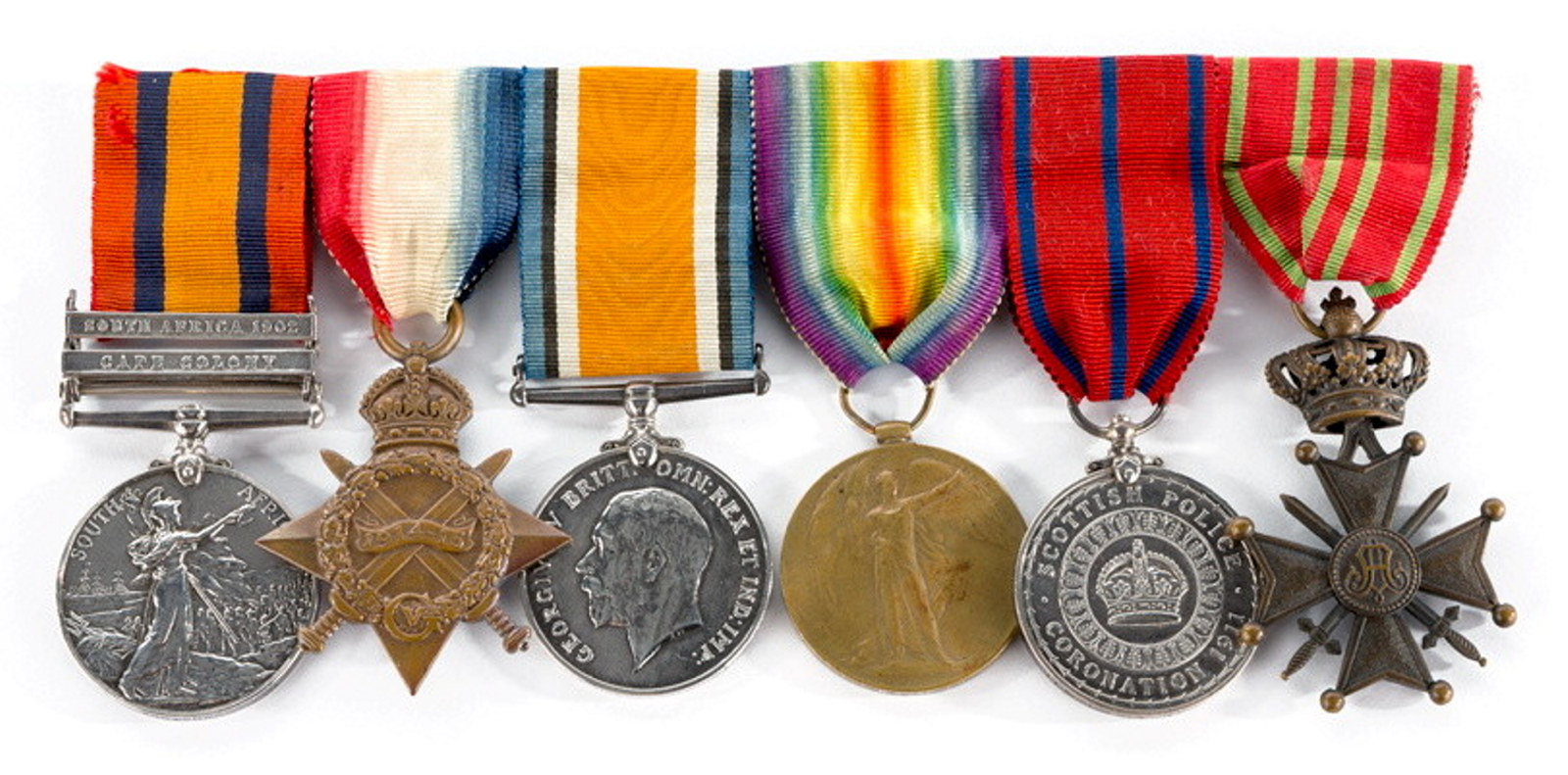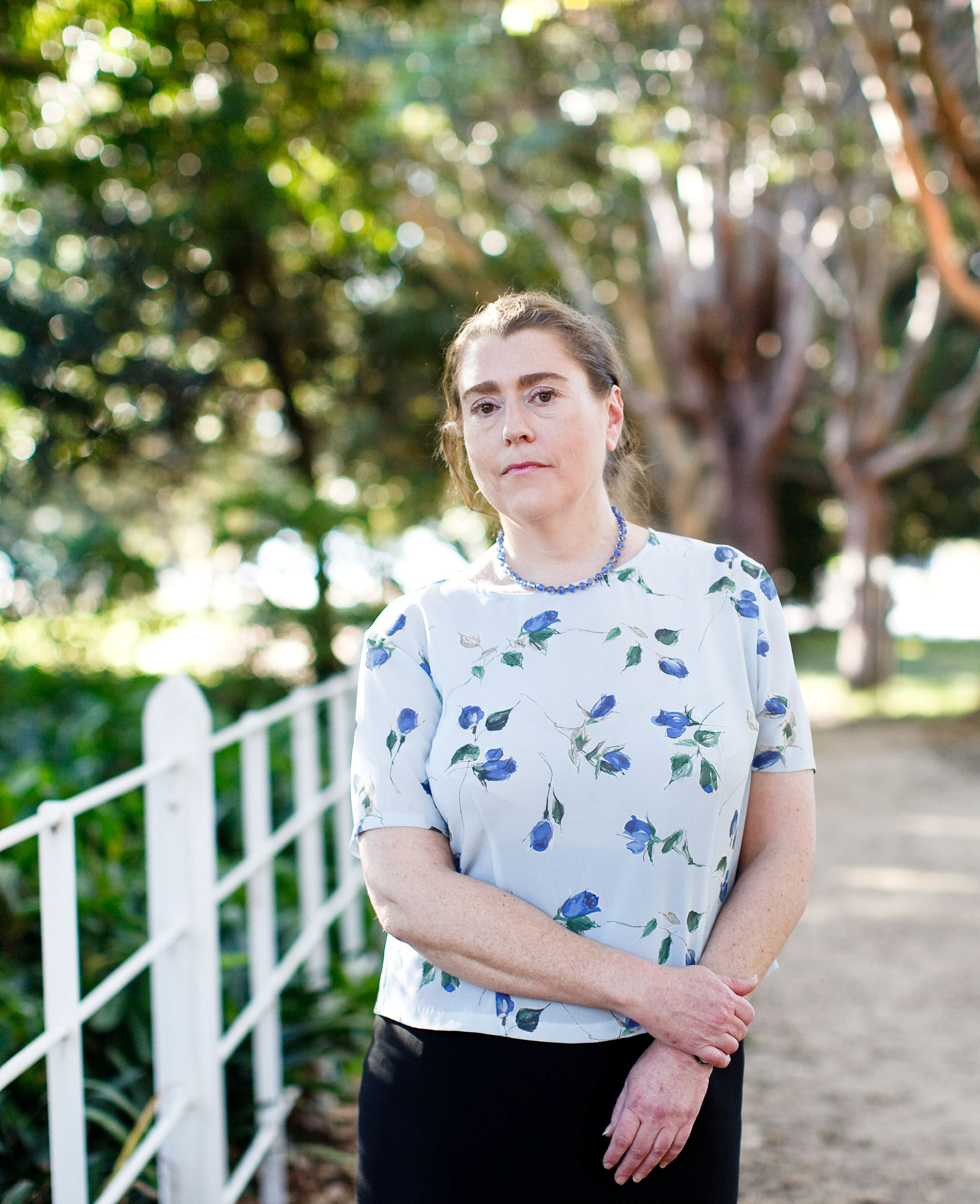The graves of Norman Matthew Pearce
1881–1916
Boer War veteran Norman Pearce survived the carnage of the Gallipoli peninsula only to meet his end by a Turkish sniper’s bullet in Egypt.
He was killed on 29 July 1916 while on night patrol near Romani. His body was recovered from a ridge overlooking Hamisah and buried at Bir Et Maler. The white wooden cross erected by his comrades was the first on this spot. An earlier photograph, published in a Parramatta newspaper, shows his grave standing in forlorn isolation in the desert. The inscription – ‘IN MEMORY OF CAPT. N. M. PEARCE. 6TH L.H. KILLED IN ACTION HAMISAH 28TH [sic] JULY 1916 AGED 35 YEARS’ – gives the wrong death date. This was corrected when Norman’s remains were transferred to Kantara War Memorial Cemetery by the Imperial (now Commonwealth) War Graves Commission. In July 1925 Norman’s family were notified that he had been interred at Kantara, beneath the headstone shown in the second photograph. It bears the ‘Rising Sun’ emblem and a simple inscription: ‘CAPTAIN N. M. PEARCE 6TH AUSTRALIAN LIGHT HORSE 29TH JULY 1916 AGE 35’. The Commission’s cemeteries were designed and constructed under the core principle of equality, with no distinction made between military or civil rank, race or creed, reflecting common sacrifice and comradeship. Uniform headstones laid out in regimented rows suggested a battalion on parade, a solemn and dignified representation of soldierly spirit and discipline.
Published on
More

WW1
Commemoration
Hear the poignant personal stories behind battlefield grave markers in Egypt, France and Gallipoli, as well as the stories behind workplace honour rolls, one of the most common, but often hidden, forms of war memorial in Australia

WW1
Enemy Within?
These stories explore the threat to Australia from within, from the identification of a section of the population as ‘enemy aliens’ to the formation of the jingoistic Anti-German League, and the radical ideology and activities of the Industrial Workers of the World (IWW)

WW1
Home Front
As the war stretched on, thousands of women at home in Australia supported the war effort by volunteering for patriotic fundraising activities

WW1
War Service
From the shores of Gallipoli to the sprawling Western Front, the stories told here reveal the powerful war experiences of ordinary soldiers. Some were decorated for bravery in the field, while others made the ultimate sacrifice
